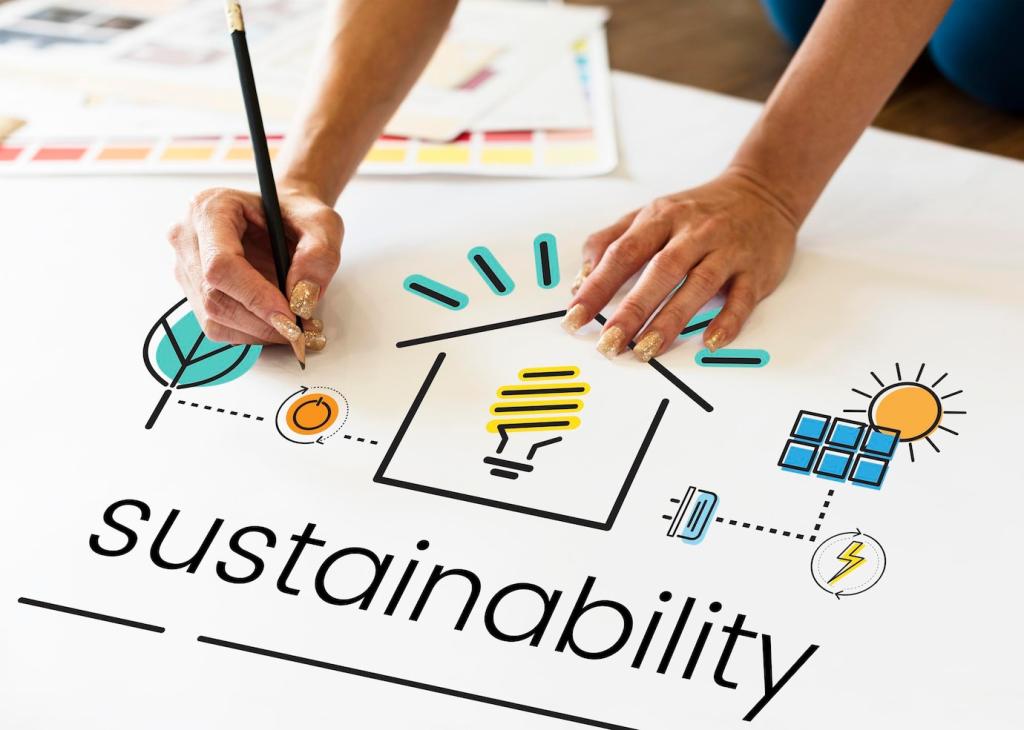Your Turn: Plan, Share, and Scale Up
Schedule an energy audit, gather interval data, and map plug loads. Identify one envelope fix and one controls improvement you can implement fast. Small steps reveal bigger opportunities. Post your plan and we’ll cheer you on.
Your Turn: Plan, Share, and Scale Up
Comment with your climate zone, building type, and biggest challenge. Our readers span designers, developers, and operators ready to help. Subscribe to get fresh ideas, field reports, and interviews delivered monthly.








